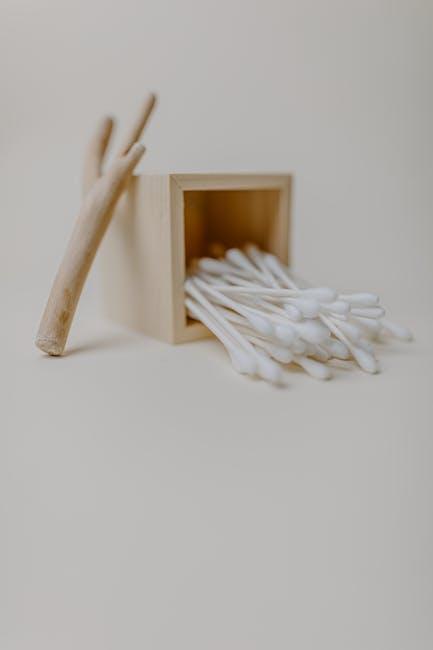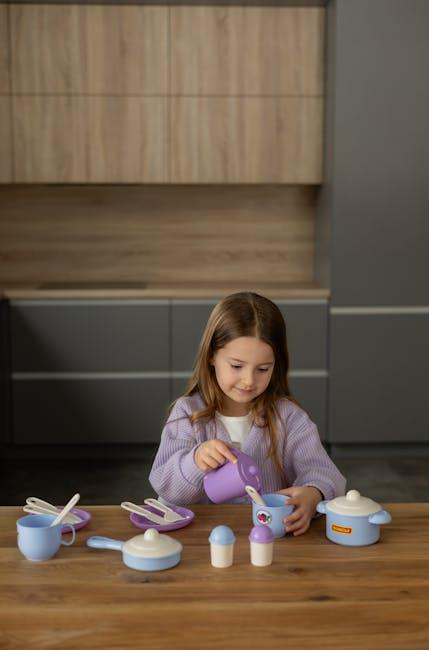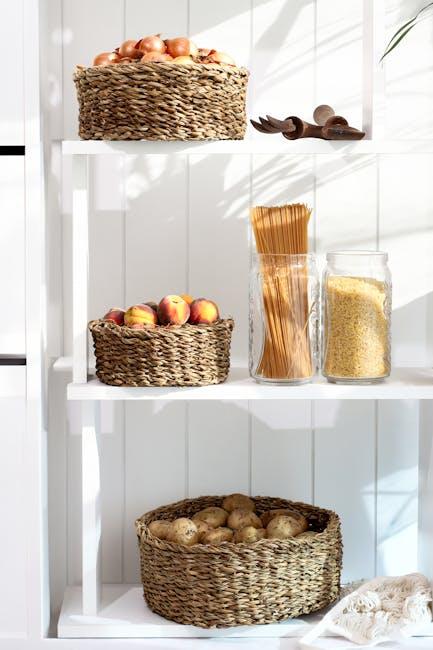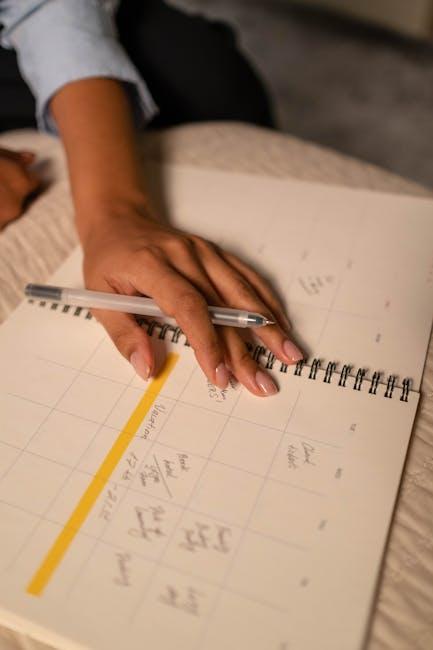In the quiet moments between tasks and responsibilities, our minds often become cluttered with an endless stream of thoughts, worries, and distractions. Just as a crowded room can feel oppressive and chaotic, so too can a congested mind weigh us down. The practice of daily decluttering-organizing not only our physical surroundings but also our mental landscape-offers a gentle yet powerful path to reclaiming a sense of spaciousness and clarity. This article explores how small, intentional acts of clearing away can create room for calm, focus, and renewed energy in the hustle of everyday life.
The Psychological Impact of Clutter on Mental Clarity

Living in a space filled with clutter can significantly influence our mental state, often leading to feelings of overwhelm and distraction. When our surroundings are chaotic, our brains attempt to process multiple stimuli simultaneously, which can reduce our capacity to focus and make decisions effectively. This cognitive overload can manifest as increased stress, anxiety, and a general fogginess that clouds mental clarity. By regularly clearing away unnecessary items, we create an environment that promotes calmness and allows our minds to rest and rejuvenate.
Benefits of daily decluttering on mental clarity include:
- Enhanced concentration and creativity
- Reduced stress levels and improved mood
- Greater sense of control and organization
- Improved sleep quality through a serene environment
| Clutter Type | Psychological Effect | Decluttering Tip |
|---|---|---|
| Visual clutter | Increased distraction | Use closed storage to hide items |
| Paper piles | Overwhelm and procrastination | Sort mail daily and recycle asap |
| Unused objects | Guilt and indecision | Donate or sell items regularly |
Simple Daily Habits to Cultivate a Calm and Organized Space

Start by incorporating small, intentional actions into your morning routine that set the tone for the entire day. Make your bed immediately upon waking, as this simple act anchors your space in order. Dedicate just five minutes to clearing surfaces like your desk or kitchen counters; this practice can dramatically reduce visual clutter and mental noise. Remember to put items back in their designated places after use, fostering a habit of continuous tidiness that prevents mess from building up. These minor adjustments build a foundation of calm without overwhelming your schedule.
- Keep a small basket near the door for items that need to be returned or relocated.
- Use drawer organizers to separate and contain everyday objects.
- Clear out one small area each day, such as a shelf or a drawer.
- Implement a “one-in, one-out” rule for new possessions to maintain balance.
Consider establishing a weekly “reset” session where you review and reorganize shared spaces. This can be a family affair or a solo mindfulness moment. To track your progress, a simple table can be a great visual tool for identifying which zones deserve more attention and celebrating your achievements.
| Zone | Current State | Action Plan |
|---|---|---|
| Living Room | Cluttered | Organize books and magazines |
| Kitchen | Messy drawers | Install drawer dividers |
| Bedroom | Unmade bed | Set alarm 10 minutes earlier |
| Desk | Paper pile-up | Digitize or file daily |
Mindful Decluttering Techniques for Sustainable Mental Spaciousness

Practicing intentional simplicity in your environment mirrors a profound respect for your cognitive space. Begin with small, deliberate actions such as *examining your belongings with curiosity* rather than haste. This approach encourages you to ask meaningful questions: “Does this bring me joy?” or “Is this item truly serving my current needs?” Engaging in these reflective pauses cultivates a slow, mindful rhythm, allowing mental clarity to gently unfold. Incorporate sensory awareness by feeling textures, observing colors, and noting scents; this anchors you to the present moment, dissolving mental clutter as physical clutter is released.
Techniques to foster sustainable mental spaciousness include:
- Single-task focus: Give your full attention to one decluttering activity without distraction.
- Timed sessions: Set brief, consistent intervals to prevent overwhelm and sustain motivation.
- Gratitude journaling: Capture feelings of appreciation for the items you decide to keep.
- Mindful breathing pauses: Insert moments of deep breathing before discarding or organizing items.
| Technique | Benefit | Recommended Duration |
|---|---|---|
| Single-task Focus | Enhances concentration and reduces decision fatigue | 15 minutes |
| Timed Sessions | Prevents burnout and builds routine consistency | 10-20 minutes daily |
| Gratitude Journaling | Boosts emotional connection and intentionality | 5 minutes |
| Mindful Breathing Pauses | Calms the nervous system and centers the mind | 2-3 minutes |
Designing Your Environment to Support Ongoing Mental Wellness

Creating a space that nurtures your mental wellbeing begins with intentional choices about what you allow into your environment. Start by identifying areas in your home or workspace where clutter accumulates and designate a daily ritual to clear these zones. This practice isn’t about perfection; it’s about cultivating a sense of control and clarity. By removing distractions and unnecessary objects, your mind can breathe, focus improves, and emotional tension eases. Consider introducing natural elements like plants or soft lighting, which can further enhance a serene atmosphere.
To support this habit, organize your space with purpose and simplicity. Implement practical strategies such as:
- Minimal storage solutions: Use open shelves or clear containers to keep essentials visible yet tidy.
- Daily five-minute resets: A quick sweep through your area each day can prevent overwhelming messes.
- Intentional item limits: Set boundaries on belongings to avoid accumulation over time.
| Time of Day | Suggested Activity | Benefit |
|---|---|---|
| Morning | Clear your desk and organize daily tasks | Boosts focus and reduces stress |
| Afternoon | Sort incoming mail and discard junk | Prevents buildup and distractions |
| Evening | Prepare space for next day’s activities | Encourages restful sleep and readiness |
The Conclusion
In the quiet ritual of daily decluttering, we carve out more than just physical space-we create a sanctuary for the mind to breathe freely. As each item finds its place, so too do our thoughts settle into clarity, inviting a calm expansiveness within. Embracing this gentle practice doesn’t demand perfection, only presence; a simple step toward cultivating mental spaciousness in the everyday whirlwind. In the end, it’s not just about a tidier environment, but a quieter mind ready to welcome whatever comes next.











